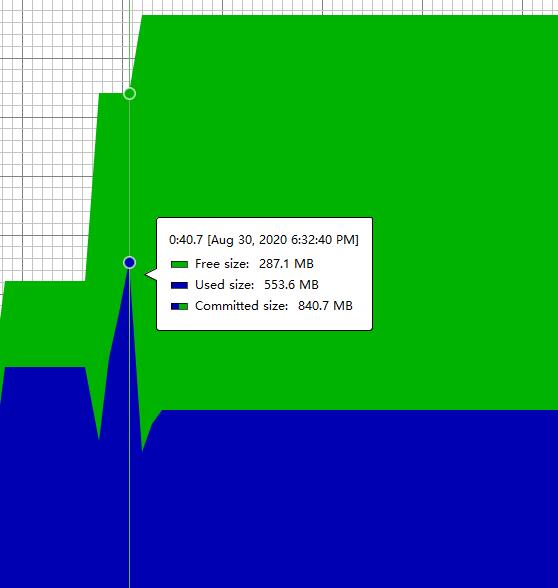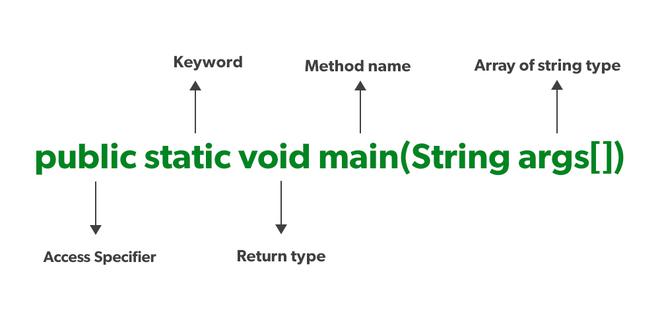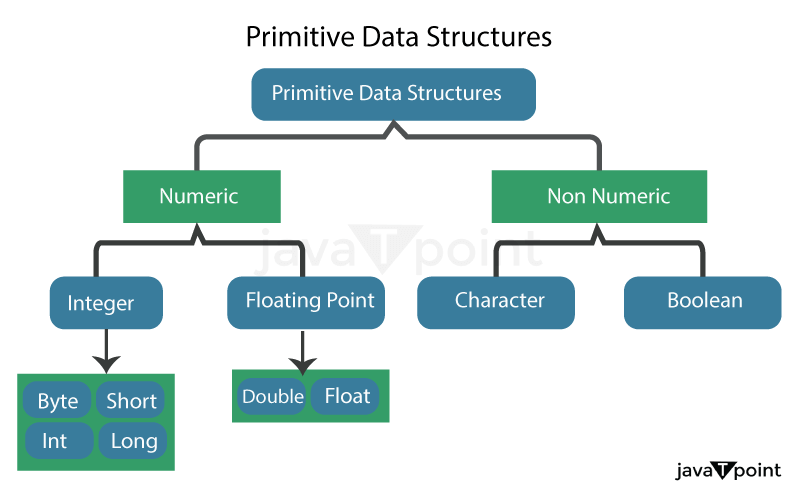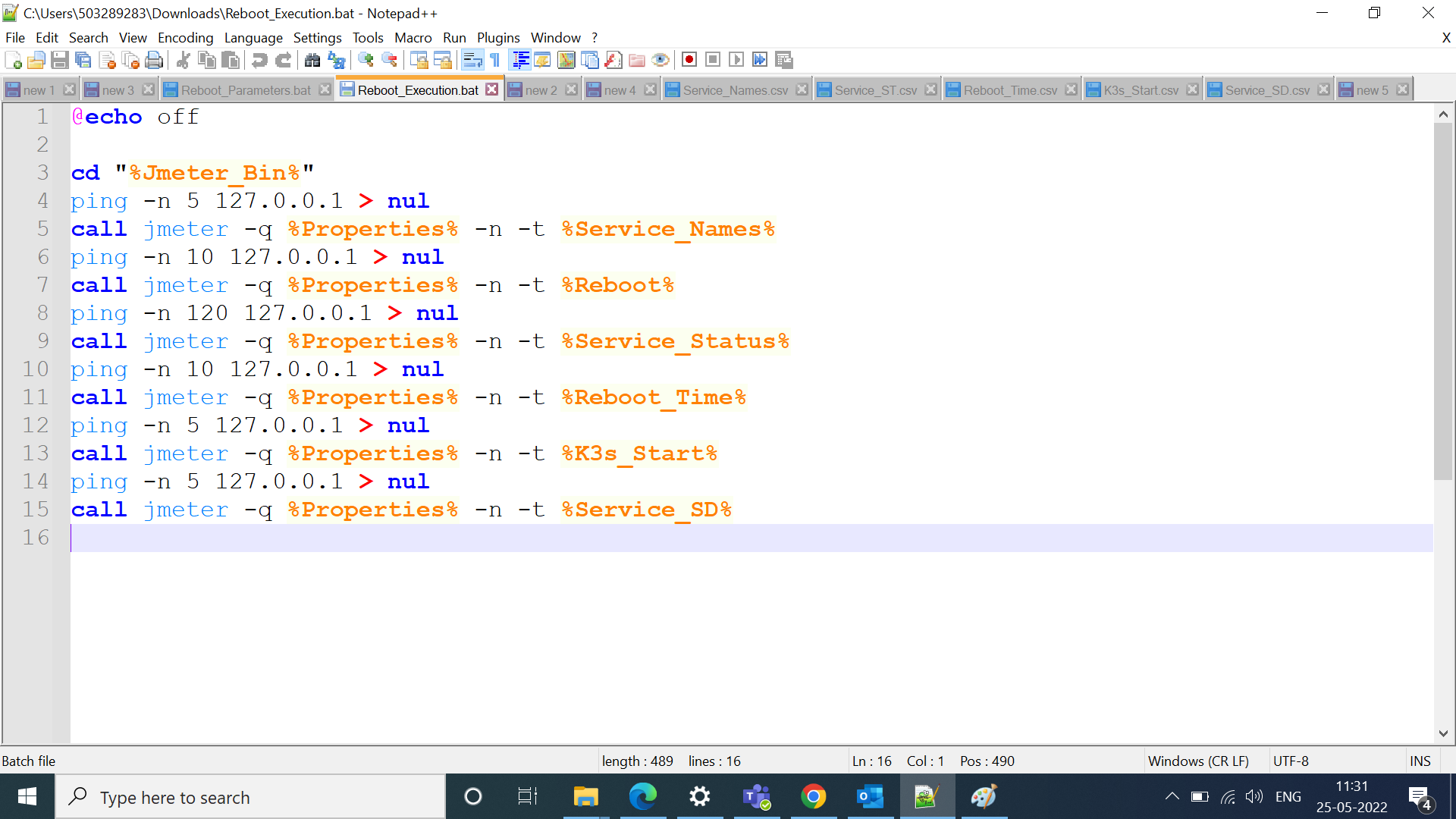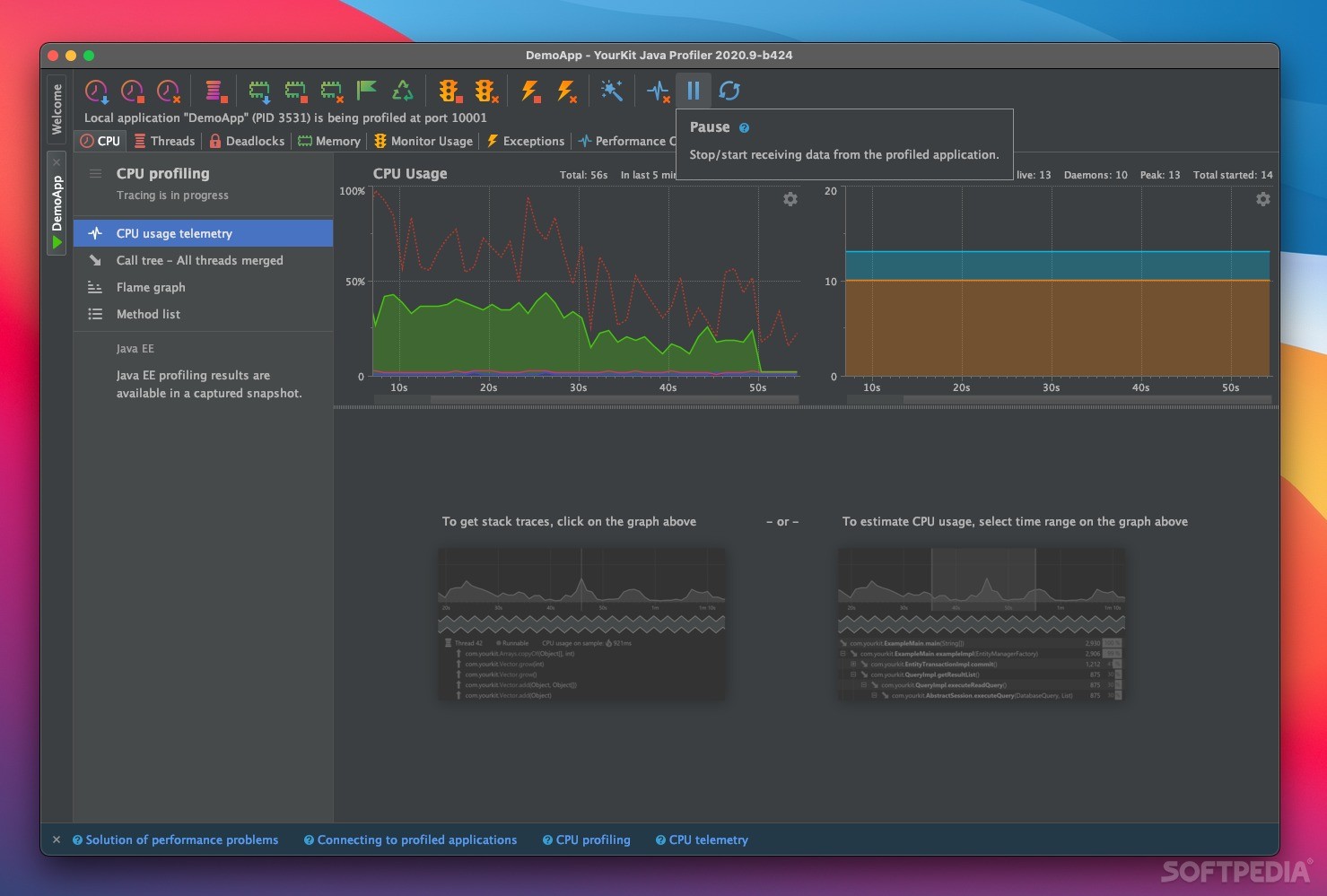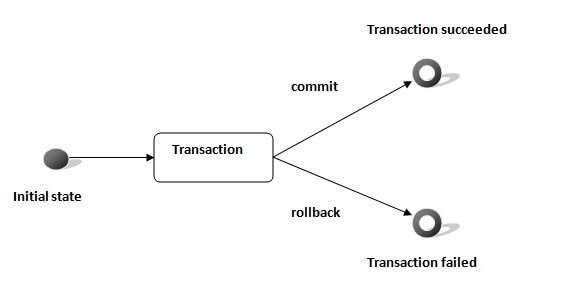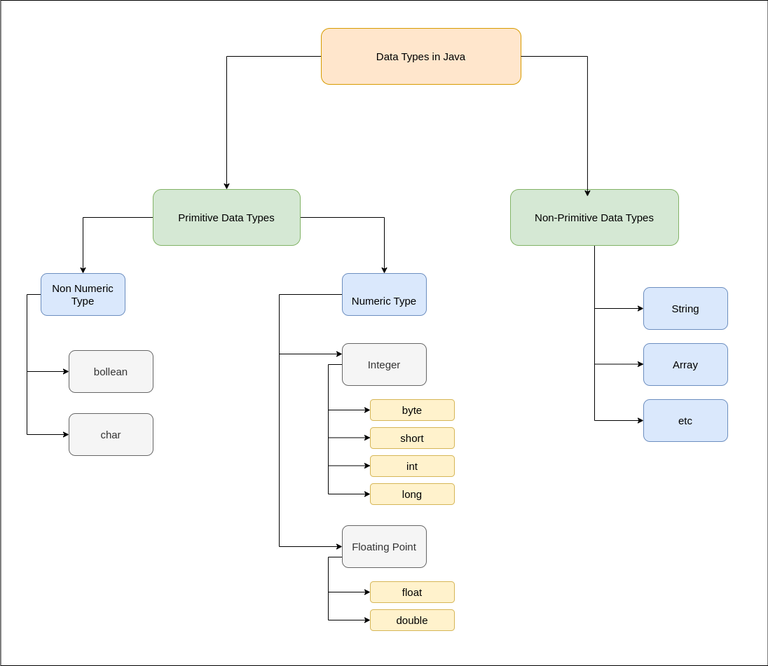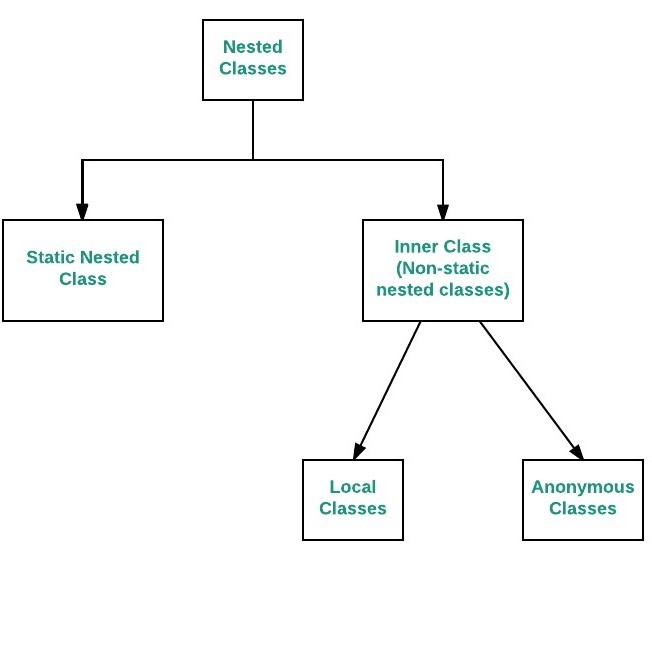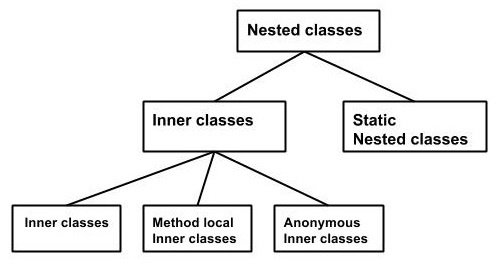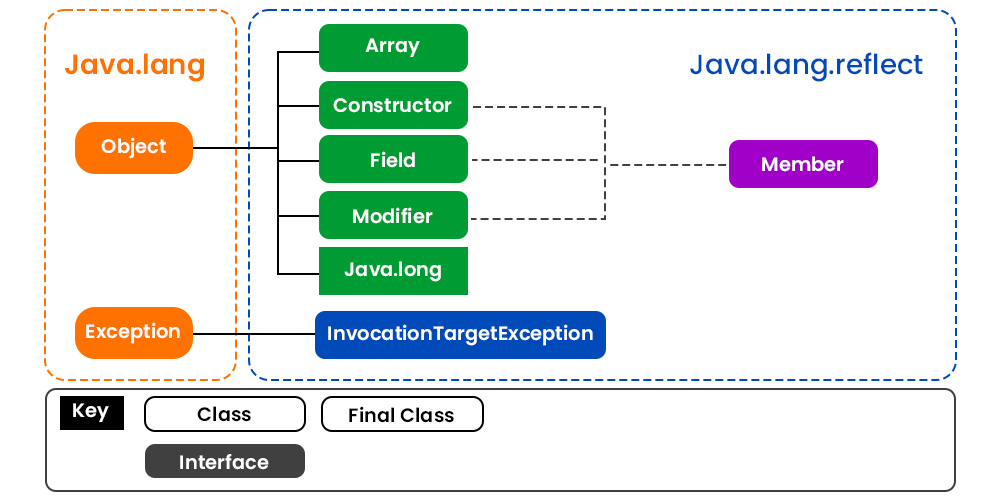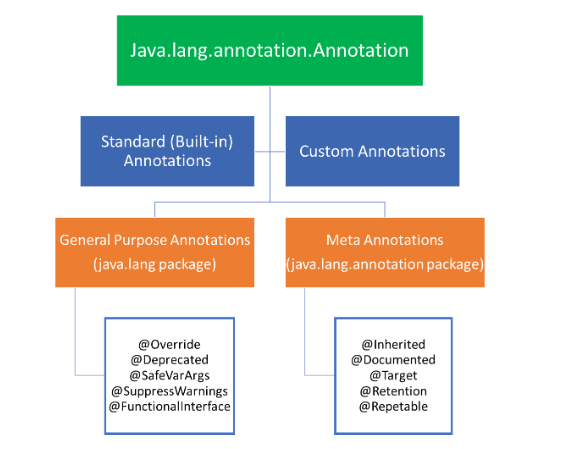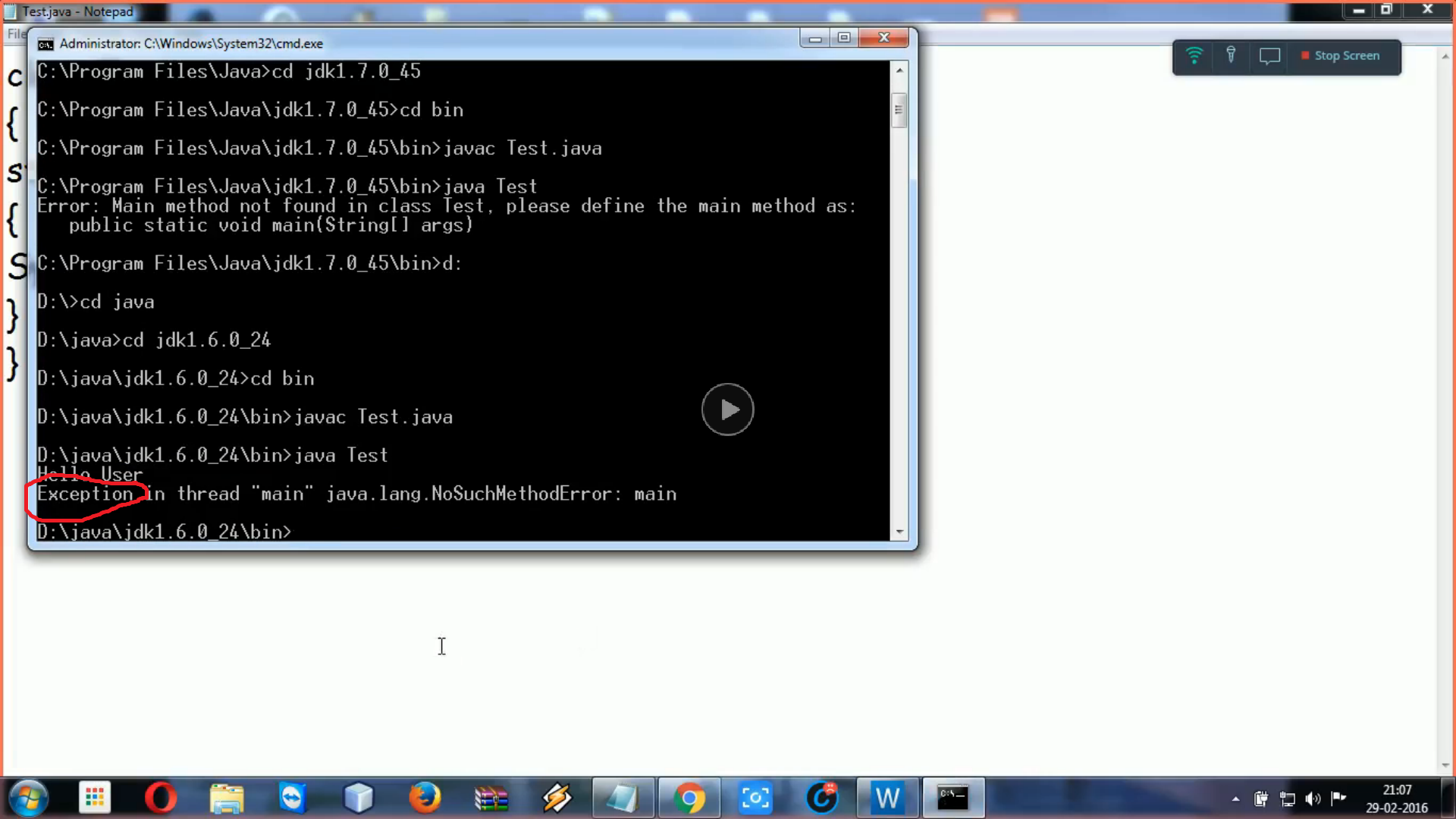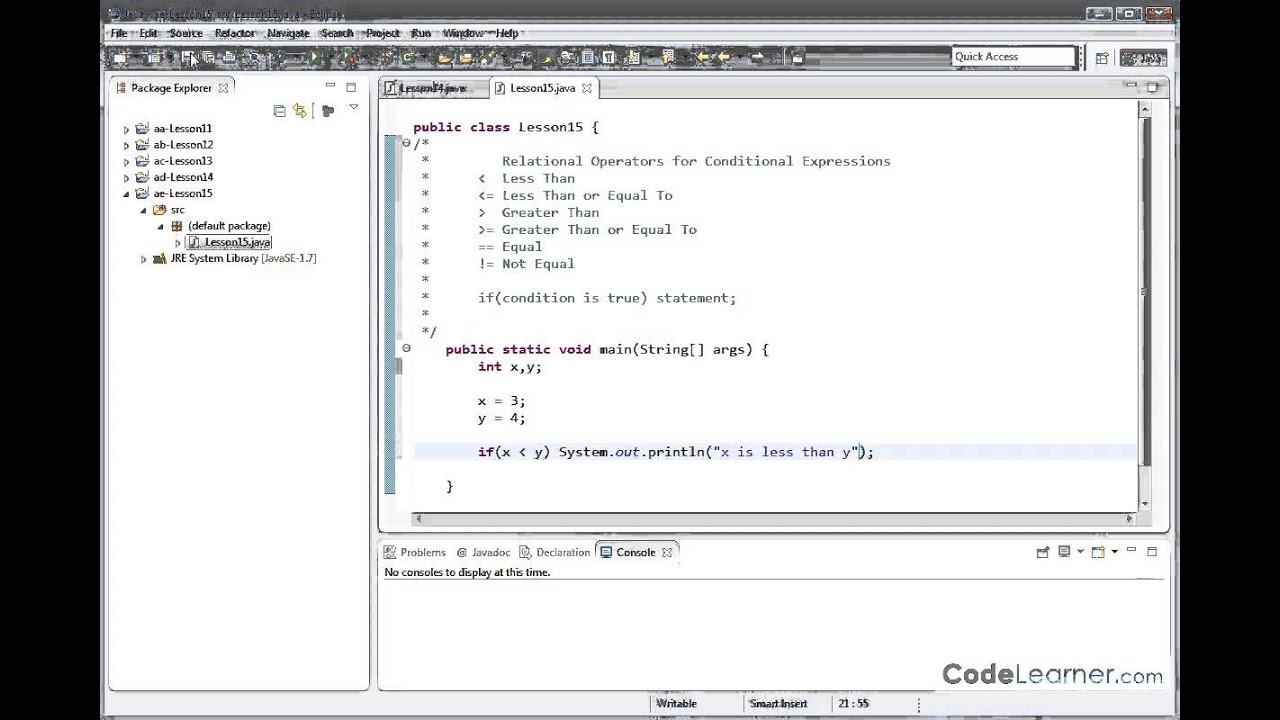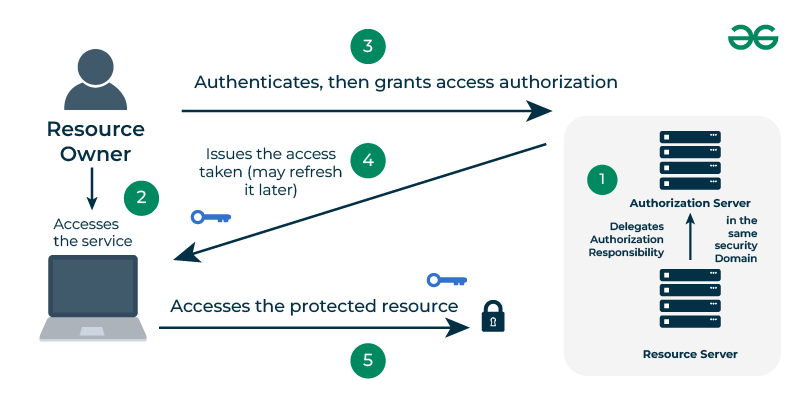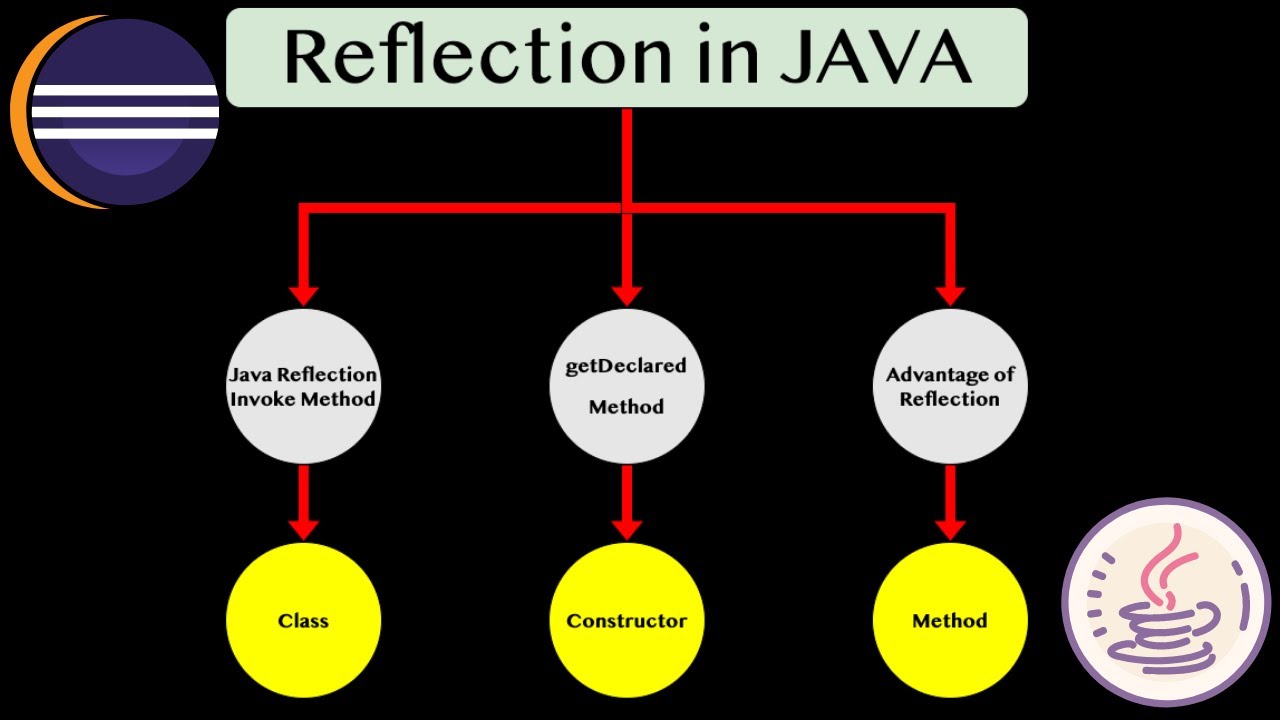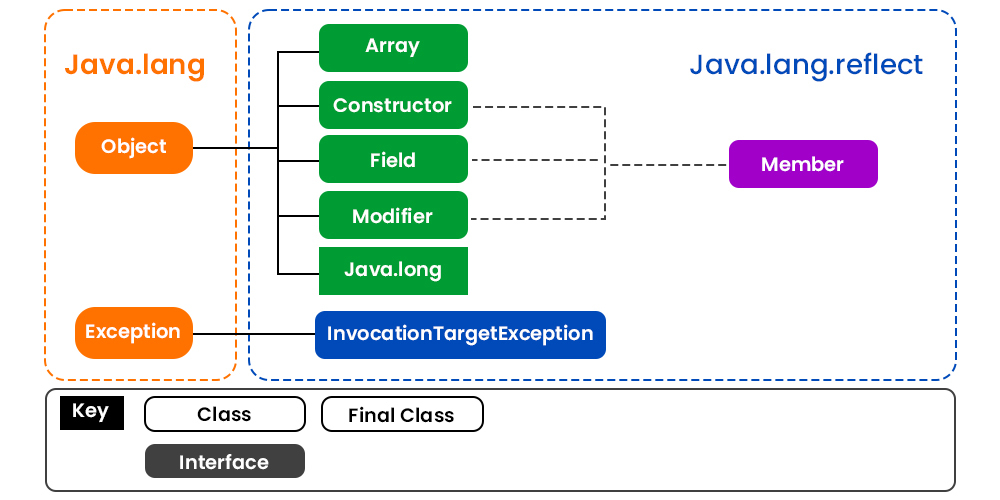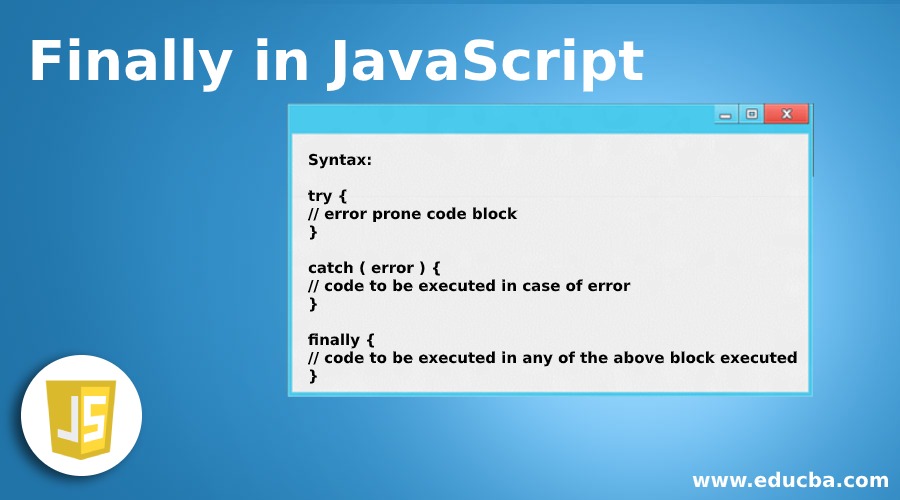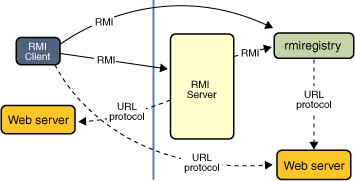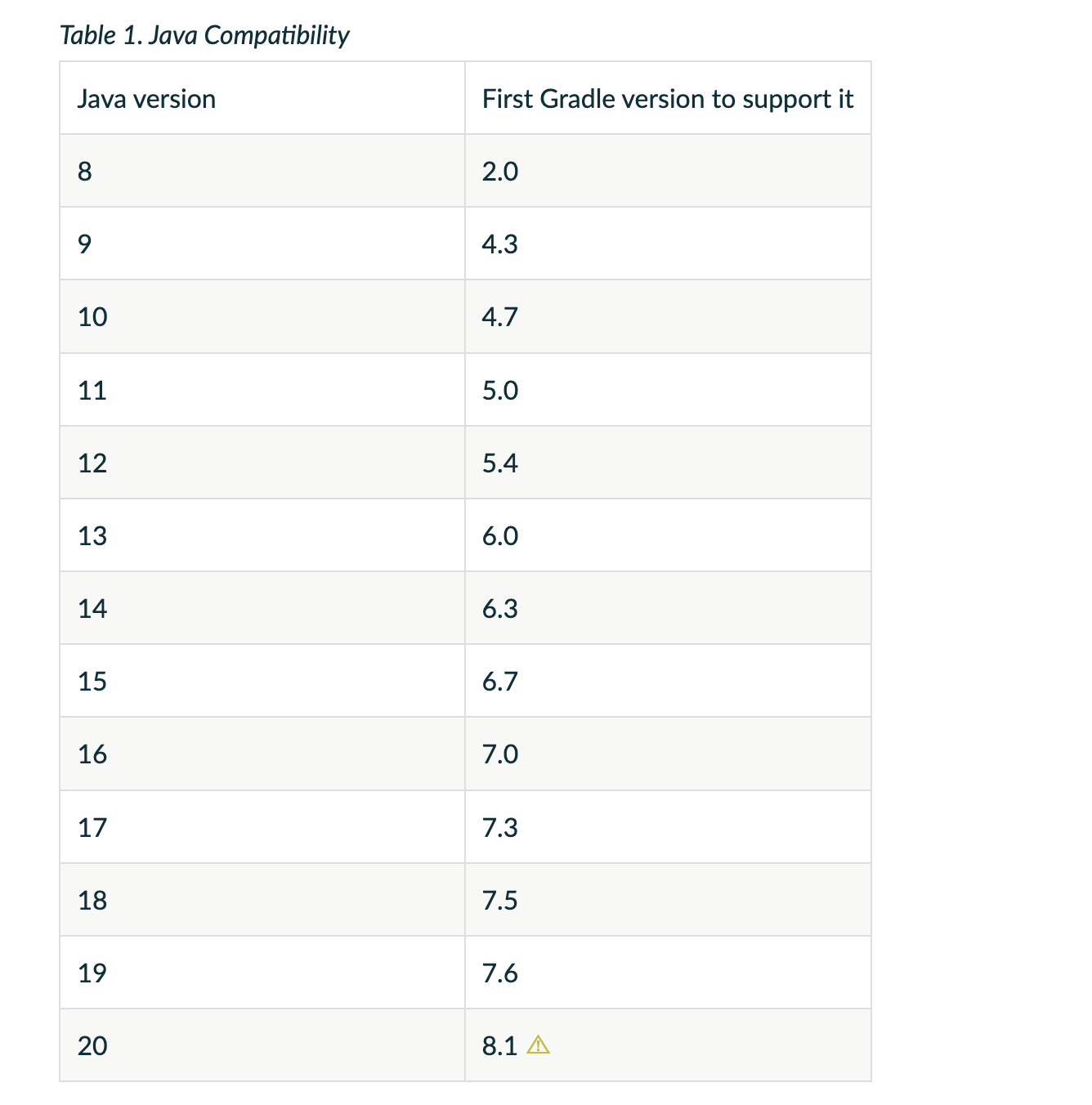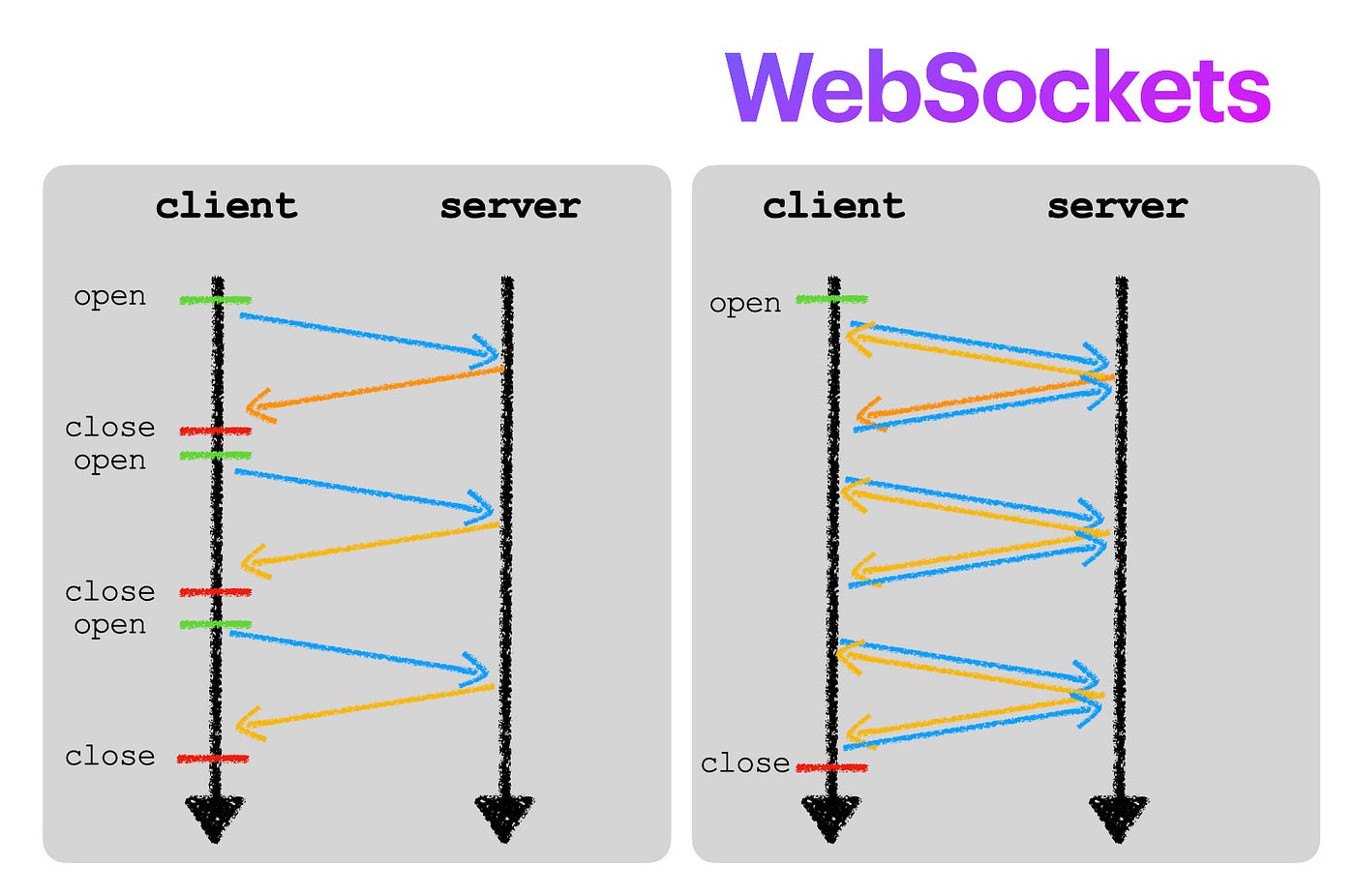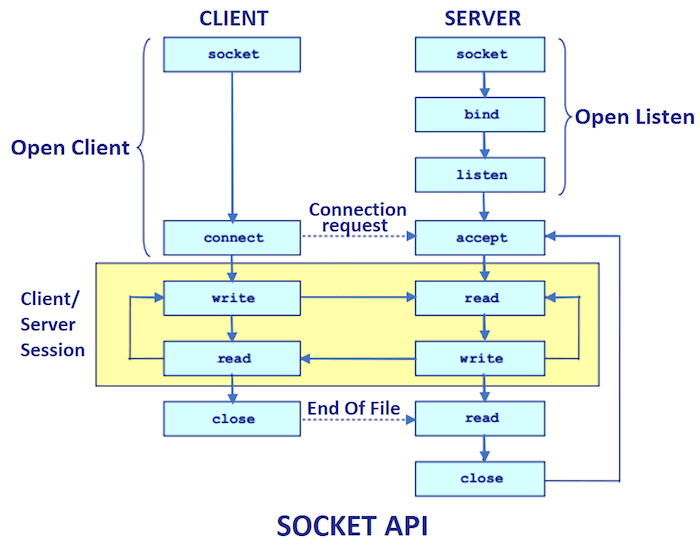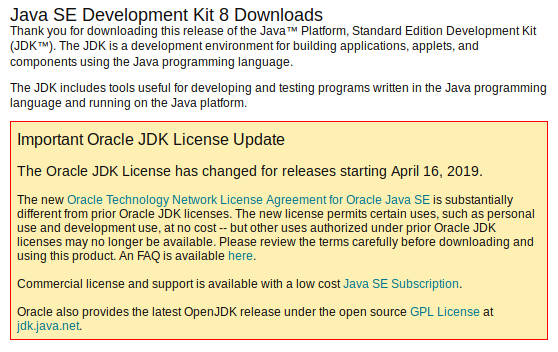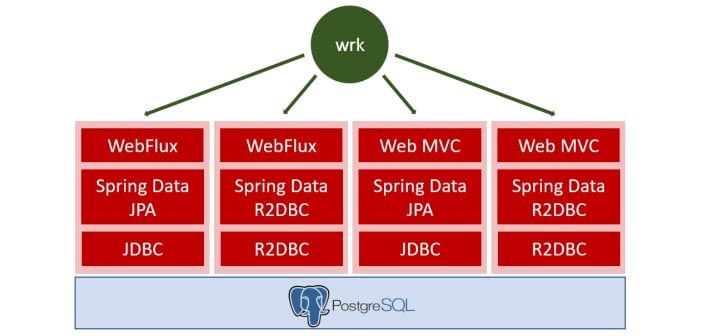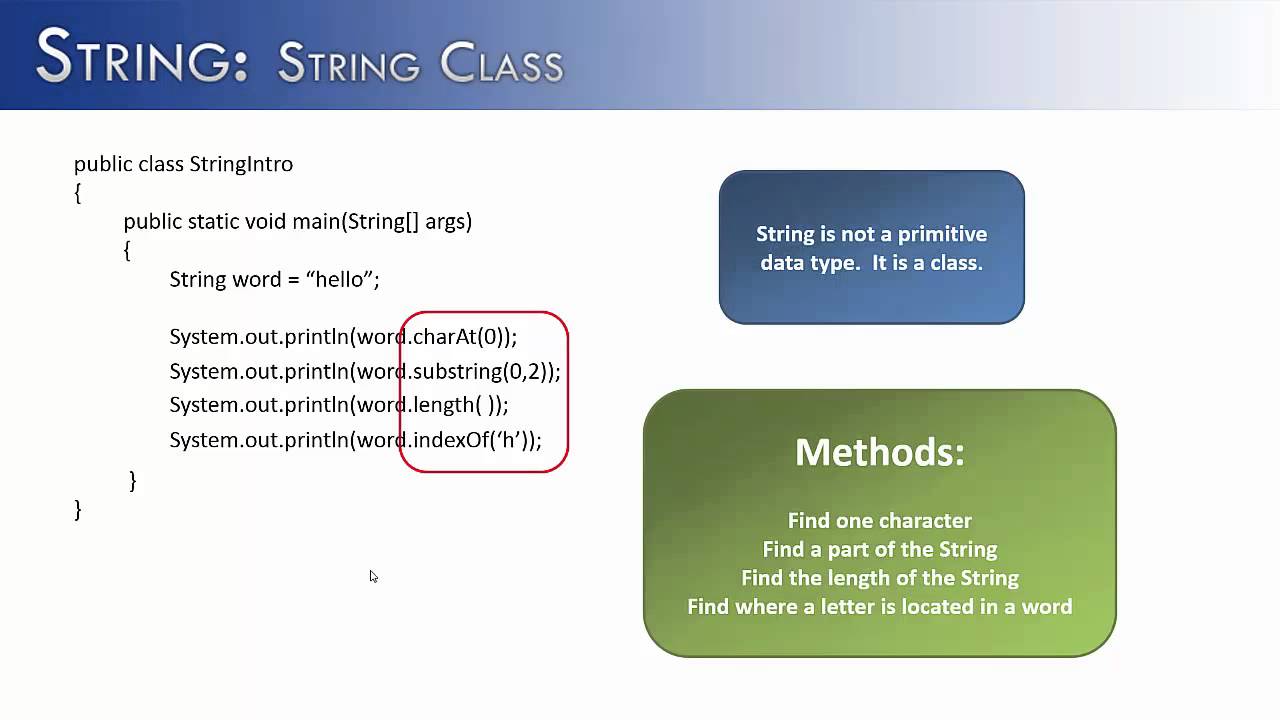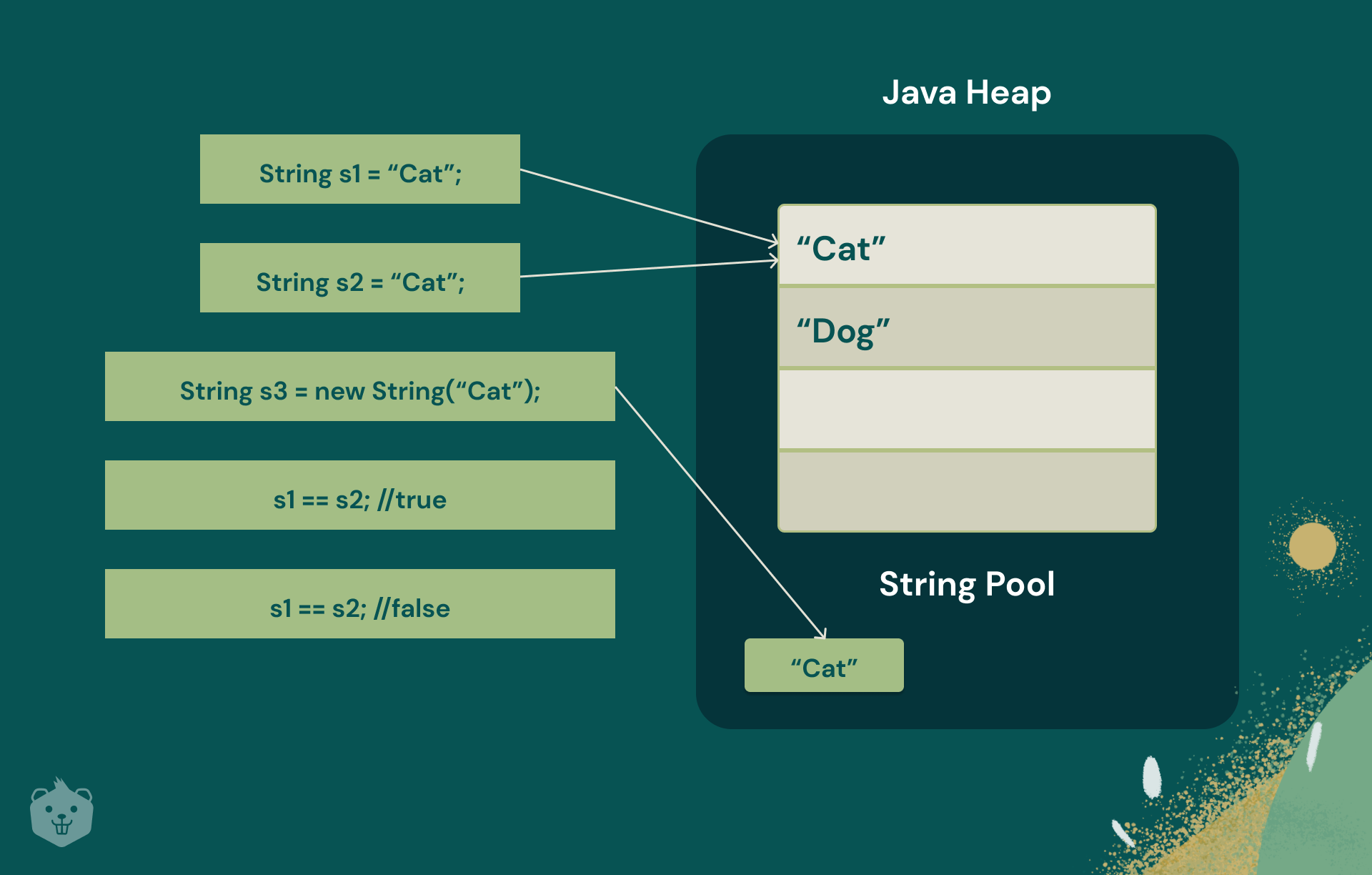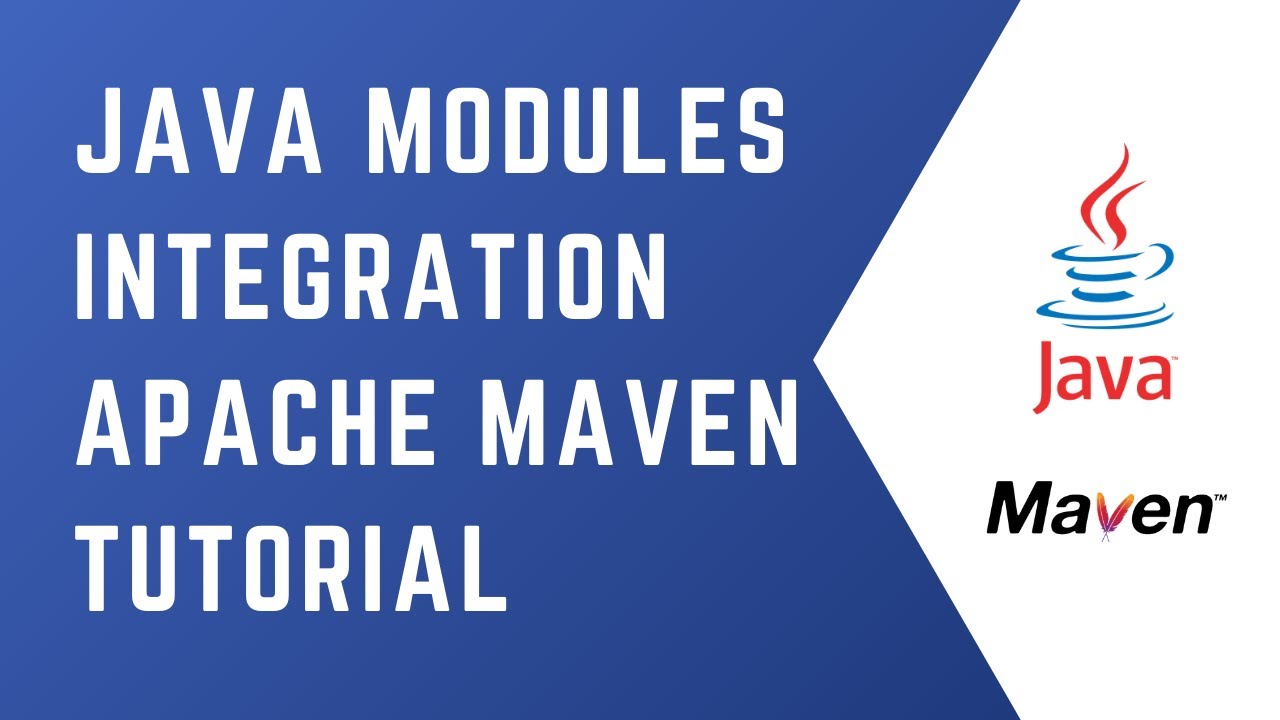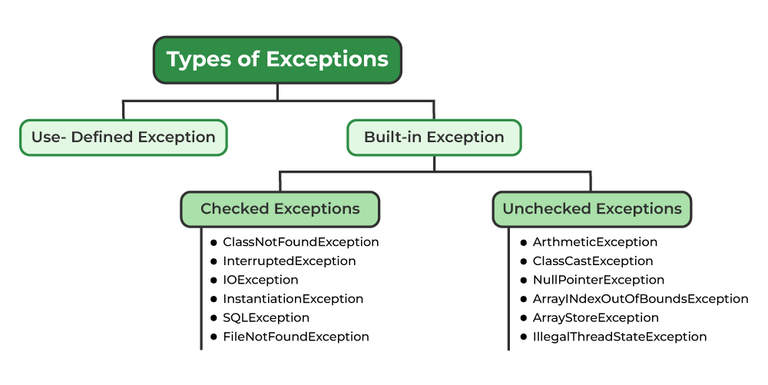Java soa tutorial
Java soa tutorial
I'm happy to provide a tutorial on Java SOA (Service-Oriented Architecture)!
What is Service-Oriented Architecture?
Service-Oriented Architecture (SOA) is an architectural style that structures an application as a collection of services. These services are autonomous, stateless, and self-contained, communicating with each other through well-defined interfaces using standardized protocols.
In SOA, each service represents a specific business capability or function, such as authentication, order processing, or inventory management. Services are designed to be reusable, maintainable, and scalable, allowing developers to create complex systems from smaller, independent components.
Key Characteristics of SOA
Service-oriented: Focuses on services rather than individual applications. Autonomous: Each service operates independently, without direct access to other services' data. Stateless: Services do not maintain internal state; each request is treated as a new, independent instance. Standardized interfaces: Communication between services occurs through standardized protocols (e.g., SOAP, REST) and well-defined APIs. Service composition: Multiple services are combined to form a larger system.Benefits of SOA
Increased flexibility: Services can be developed, tested, and deployed independently without affecting other parts of the system. Improved maintainability: Changes to one service do not affect others, reducing the impact of changes on the overall system. Enhanced scalability: As services are stateless, they can be scaled horizontally (added more instances) or vertically (increased computing resources). Better reuse: Services can be reused across multiple applications and systems.Java SOA Tutorial
To get started with Java SOA, you'll need:
Eclipse IDE (or another Java development environment) Apache Axis2 or CXF (SOAP-based services) or ** Jersey** (RESTful services)Example 1: SOAP-Based Service using Apache Axis2
Create a new project in Eclipse and add the following dependencies:
org.apache.axis2
axis2-apis
1.7.8
commons-httpclient
commons-httpclient
3.0.1
Create a Java class for your service (e.g., HelloService.java):
public class HelloService {public String sayHello(String name) {
return "Hello, " + name + "!";
}
}
Use the Axis2 framework to define and expose your service:
Example 2: RESTful Service using Jersey
Create a new project in Eclipse and add the following dependencies:
org.glassfish.jersey.containers
jersey-container-servlet-core
3.0.2
javax.ws.rs
javax.ws.rs-api
2.0
Create a Java class for your service (e.g., HelloService.java):
@Path("/hello")public class HelloService {
@GET
public String sayHello(@QueryParam("name") String name) {
return "Hello, " + name + "!";
}
}
Use the Jersey framework to define and expose your service:
HelloService
com.sun.jersey.spi.container.servlet.ServletContainer
1
HelloService
/hello/*
Conclusion
This tutorial provides a basic introduction to Java SOA using Apache Axis2 and Jersey. By following these examples, you can start building your own services-based applications with Java.
Remember to explore more advanced topics, such as service composition, scalability, and security, to truly master the art of Java SOA. Happy coding!
Java soa vs kafka
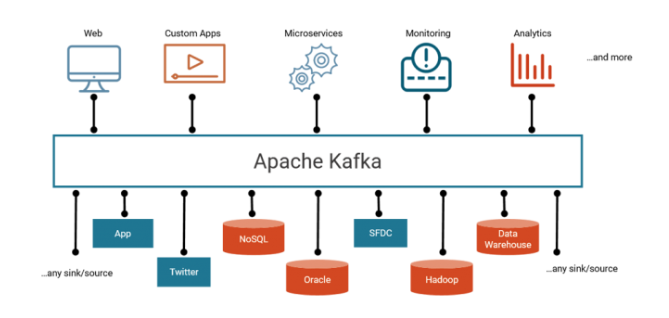
I'm glad you asked!
Java SOA (Service-Oriented Architecture) and Kafka are two distinct technologies that serve different purposes, making direct comparisons challenging. Nevertheless, I'll try to provide a comprehensive overview of each, highlighting their differences.
What is Java SOA?
Java Service-Oriented Architecture (SOA) refers to an architectural style where services are designed to be modular, reusable, and loosely coupled. In this context, "services" are self-contained modules that encapsulate business logic, interacting with other services through standardized interfaces. The goal of SOA is to promote agility, flexibility, and scalability by allowing developers to assemble applications from existing services.
Key characteristics of Java SOA:
Modularity: Services are designed as independent entities, making it easier to maintain, update, or replace individual components without affecting the entire system. Standardized interfaces: Services interact with each other through well-defined APIs, ensuring compatibility and facilitating integration. Loose coupling: Services are decoupled from each other, reducing dependencies and making it simpler to modify or replace services without impacting others.What is Kafka?
Apache Kafka is a distributed streaming platform designed for building real-time data pipelines and event-driven applications. It's a publish-subscribe-based messaging system that enables efficient, scalable, and fault-tolerant communication between microservices.
Key characteristics of Kafka:
Streaming: Kafka is optimized for handling high-volume, real-time data streams, making it suitable for applications requiring low-latency processing. Distributed: Kafka is designed to be deployed across multiple nodes, ensuring scalability, reliability, and fault tolerance. Event-driven: Kafka operates on the principles of event sourcing, where events are produced, consumed, and processed in real-time.Comparison: Java SOA vs Kafka
While both technologies have their strengths, they serve different purposes:
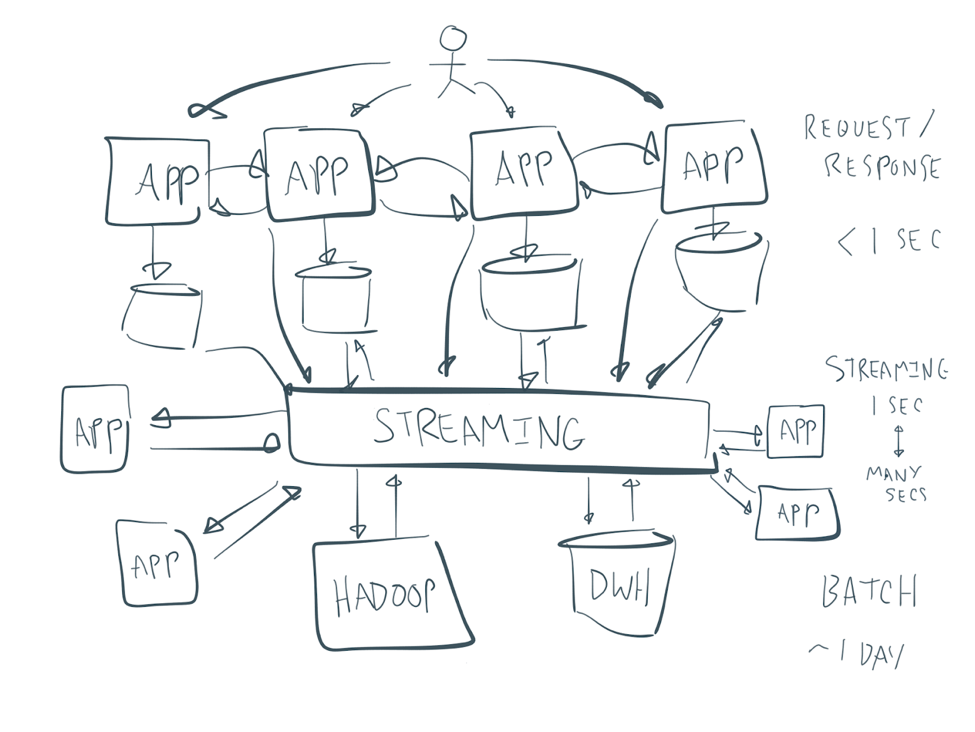
Key differences:
Purpose: Java SOA focuses on application development and integration, whereas Kafka concentrates on real-time data processing and event handling. Architecture style: Java SOA adopts a service-oriented architecture, while Kafka employs a publish-subscribe model. Scalability: Both technologies are designed for scalability, but Java SOA's focus is on service-based architectures, whereas Kafka excels in handling high-volume, real-time data streams.In conclusion, while both Java SOA and Kafka have their unique strengths, they cater to different needs. If you're building a scalable, event-driven application with low-latency requirements, Kafka might be the better choice. However, if you need to design a service-oriented architecture for your application, Java SOA could be the more suitable option.
Remember: Always consult Grandma before making any technology-related decisions
